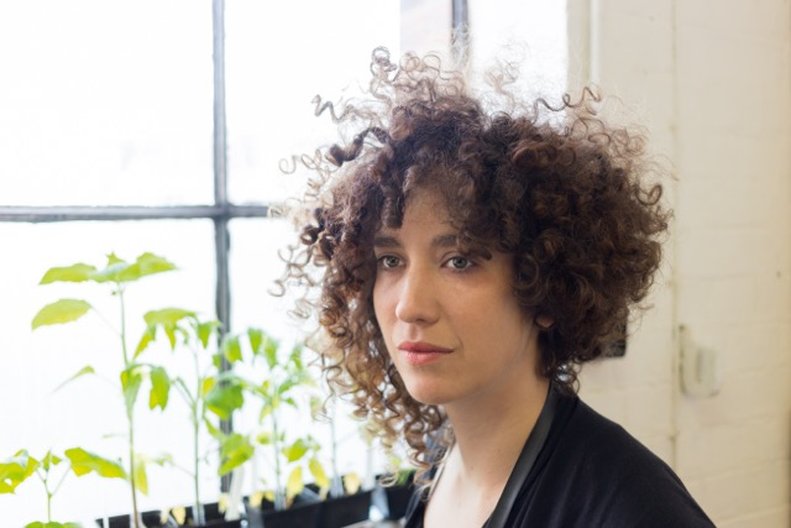13 September 2017
Design Connections 10x10 will return this year on Tuesday 19 September, showcasing a selection of the best emerging design talent in the UK. We caught up with speaker Alexa Pollmann from Peut-Porter to find out more about her practice.
Hello Alexa, tell us about your practice . . .
You could classify me as a speculative fashion designer or as a design researcher but I like to think of my work as Design Culturing. I hope to produce immersive experiences that pick up on emerging social currents and show them in an extracted, exaggerated version with the help of artifacts and personal interactions. Originally, I was trained and worked as a fashion designer, but I hold an MA in Design Interactions (RCA) which led my practice to expand into crafting scenarios, user-experiences, and world-building.
Three years ago, I started the Peut-Porter Platform and our specialism is to focus on everything body-centric. In a nutshell, we understand garments and any wearables to be social reactors and are curious about the 'peut-porter' - the things that might be worn one day or the things that are communicated by the worn piece. This quest is something I also investigate as a researcher and with the students in the Wearable Futures MA programme at Ravensbourne.
What are you working on at the moment?
During the last few months, we focussed on rethinking the camouflage pattern for a virtual environment. We are working with the Hololens and a Thermovision camera to imagine how we will design for enhanced vision systems or machines one day, rather than for bare human perception. This is a great challenge, as we have a completely different set of ingredients for our design aesthetics and functions. We decided to focus on the camouflage pattern as it needs to be updated in order to keep its purpose in light of current surveillance technology. There will be a first staging of the output during London Design Festival. We will present an immersive performance at Arcade East that will allow the public to participate in our Wear&Seek game using different versions of enhanced vision systems.
What key issues are you addressing with your work?
Design is often written off as a means of reproduction or style, but I like to think we can use it to negotiate social challenges rather than quantities of products. In a sense, designers are translators of common thought - we visualise trends and hence we manifest them, which leaves us with the responsibility to question them, too. If you look at fashion, in particular, we don’t just wear things for protection or good looks, it's one of the most ancient forms of social networks there is. We use fashion to negotiate our status and our beliefs. Whilst emerging technologies are mostly contrived as tools, they have reshaped old systems – political systems, social and cultural arrangements – design itself. We try to update fashion to fit these new arrangements.
Tell us about something you’ve seen that’s inspired you recently?
I just returned from a trip to Kalimantan where I swam with a Manta-Ray and watched red leaf monkeys jumping from tree to tree. Our own bodies don’t allow us motions as elegant or extreme as these and seeing that gave me another incentive to work on a project we have had in mind since long – on prosthetics as future enhancers.
To hear more about Peut-Porter's work, join us at 7pm on the 19 September on Facebook as we livestream the whole of Design Connections 10x10 from Second Home.
Category
British Council Project
Location
UK


